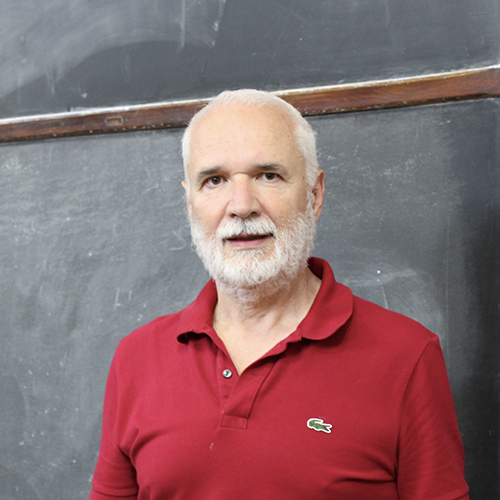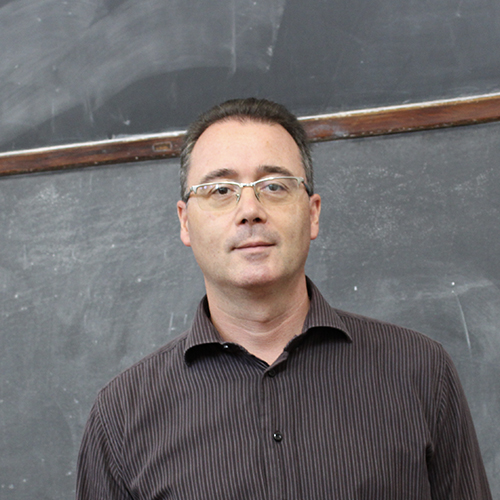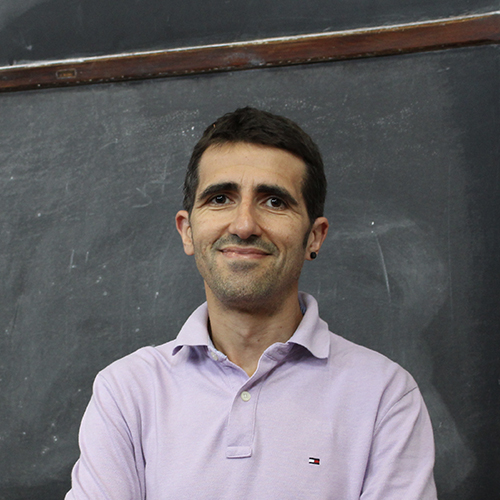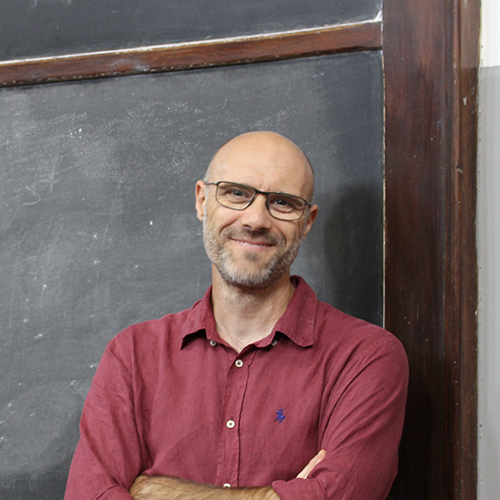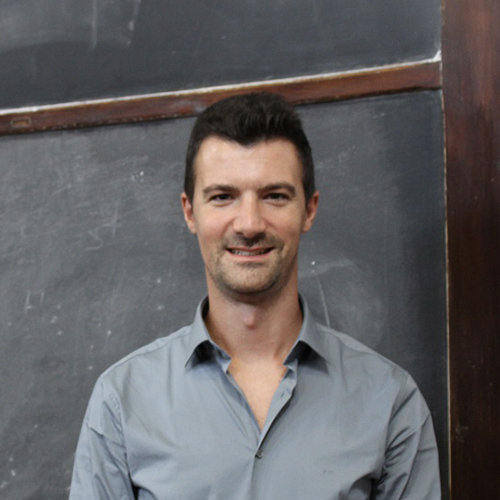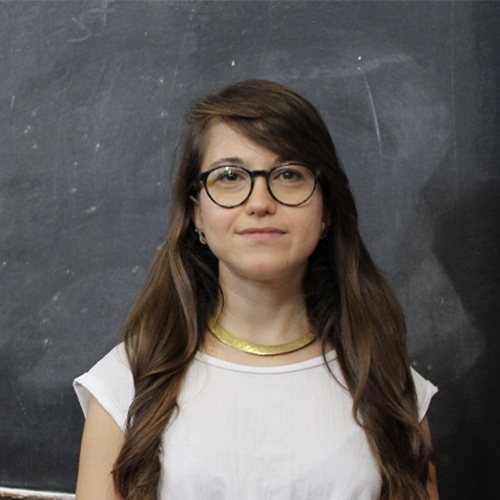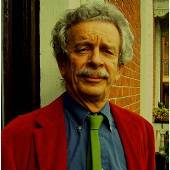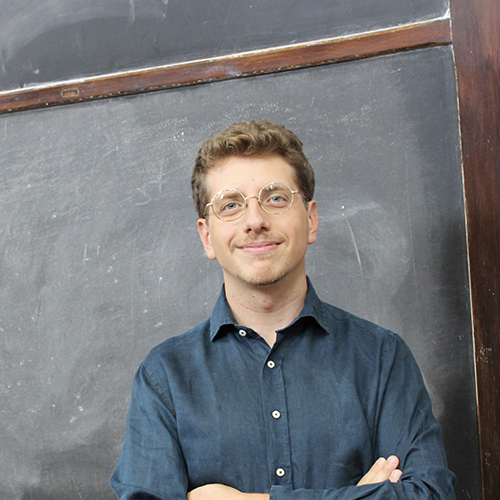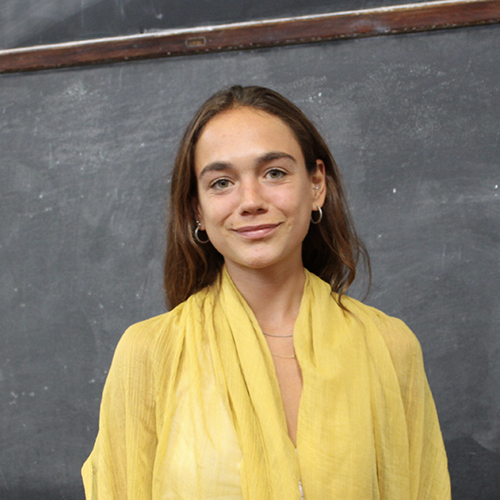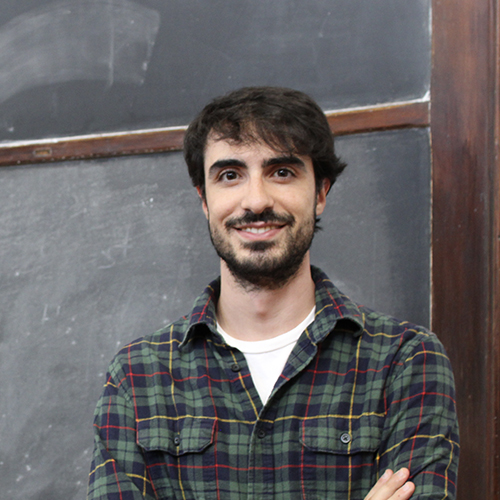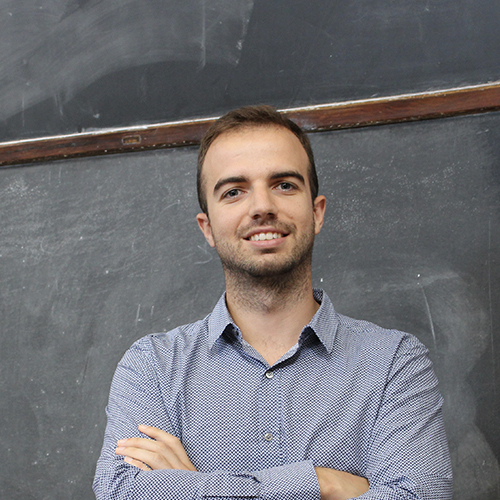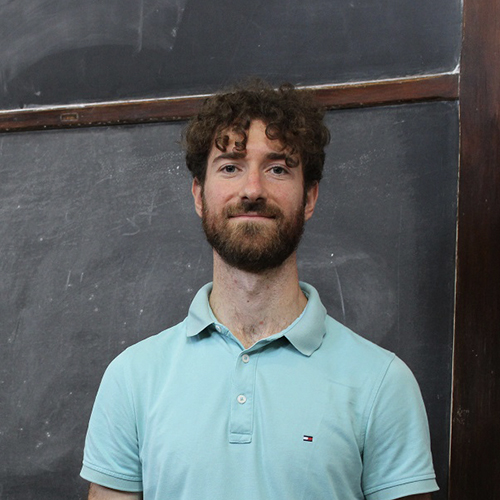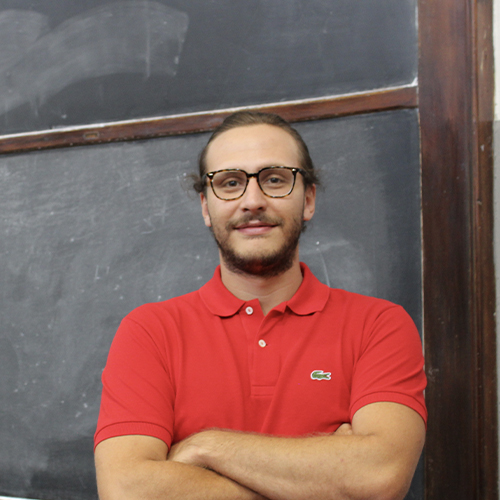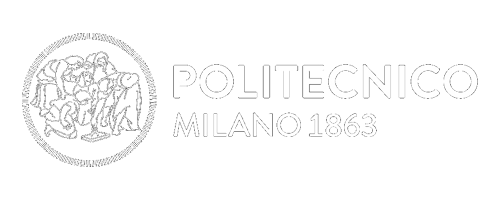The CRECK Modeling Group
Detailed kinetic mechanisms and CFD of reacting flows
Kinetic Mechanisms
The CRECK Lab has expertise in developing detailed kinetic models for various materials, which are useful for designing combustion processes and industrial engines.
CFD of flames
Solid Fuels
Latest News
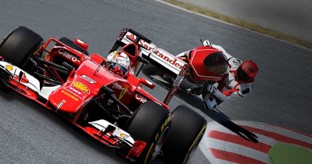
PhD Position available!
The CRECK Modeling Lab is looking for candidates for a Ph.D. position for a research project in collaboration with Brembo S.p.A., a leading company working in the field of disk brake technology. The project is about the numerical modeling of the Chemical Vapor Infiltration (CVI) process for the production of carbon disk brakes for aircraft and racing

New paper on isolated fuel droplets
OpenSMOKE++ was used for simulating the evaporation and combustion of isolated fuel droplets. The work is a collaboration between the CRECK Modeling Lab, Cornell University, University of San Diego California and NASA Glenn Research Center. The main results have been published on Combustion Theory and Modelling in a paper with title: “The

New paper on adaptive reduced chemistry of multidimensional flames
The OpenSMOKE++ framework was used in the context of adaptive reduced chemistry for multidimensional laminar flames in a recent publication on Energies with title: “Impact of the partitioning method on multidimensional adaptive-chemistry simulations”. The work is a collaboration between the CRECK Modeling Lab and the BURN Group at Universite’ Libre de Bruxelles. G. D’Alessio,
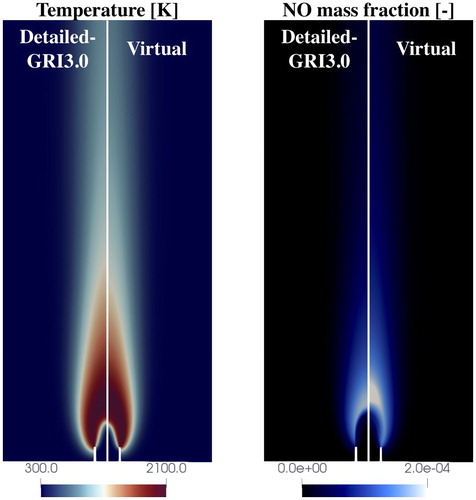
New paper on NOx formation in laminar flames
Congratulations to our PhD Candidate Giampaolo Maio! His paper with title “A virtual chemical mechanism for prediction of NO emissions from flames” has been recently published on Combustion Theory and Modelling. G. Maio, M. Cailler, A. Cuoci, B. Fiorina, A virtual chemical mechanism for prediction of NO emissions from flames, (2020), Combustion Theory and
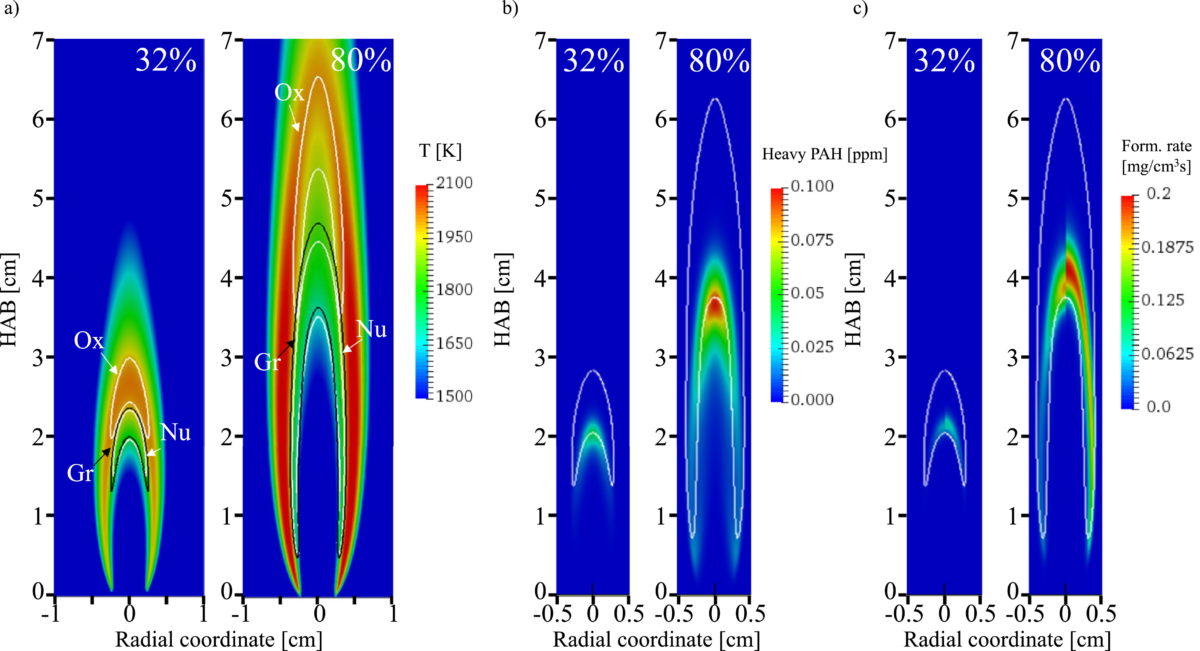
New paper on laminar sooting flames
Congratulations to our PhD Candidate Agnes Livia Bodor! Her paper with title “A post processing technique to predict primary particle size of sooting flames based on a chemical discrete sectional model: Application to diluted coflow flames” has been recently published on Combustion and Flame. A.L. Bodor, B. Franzelli, T. Faravelli, A.Cuoci, A post

New paper on droplet evaporation in buoyancy-driven convection
Congratulations to our PhD Candidate Abd Essamade Saufi (aka Sangi)! His paper with title “An experimental and CFD modeling study of suspended droplets evaporation in buoyancy driven convection” has been recently published on Chemical Engineering Journal. A.E.Saufi, R.Calabria, F.Chiariello, A.Frassoldati, A.Cuoci, T.Faravelli, P.Massoli, An experimental and CFD modeling study of suspended droplets evaporation
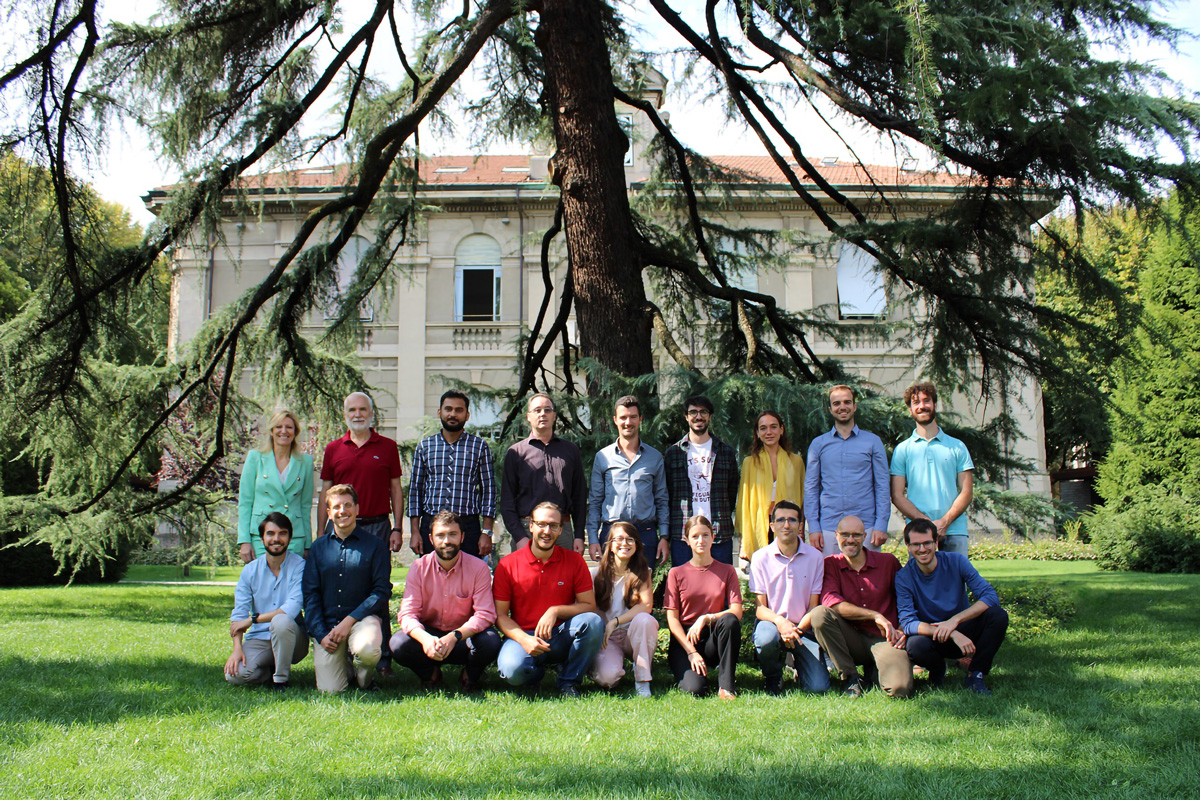
Our Group
The Chemical Reaction Engineering and Chemical Kinetics Lab has a consolidated experience in the development of detailed and semi-detailed kinetic mechanisms of the pyrolysis, oxidation and combustion of gas, liquid and solids. The group is led by Prof. Tiziano Faravelli and includes 2 full professors, 2 associate professors, 2 assistant professors, 1 post doctoral researcher and 4 PhD students.
The Team
Downloads
Our Softwares
LaminarSMOKE
LaminarSMOKE is an open-source CFD code based on the OpenFOAM framework to model laminar flames with detailed kinetic mechanisms.
OpenSMOKE++
OpenSMOKE++ is a numerical framework in C++ to model ideal reactors and laminar 1D flames with detailed kinetic mechanisms.
CatalyticFOAM
CatalyticFOAM is a CFD code based on the OpenFOAM framework to model heterogeneous catalytic reactors
Contact Us
Please, feel free to contact us by an email if you need more information.

